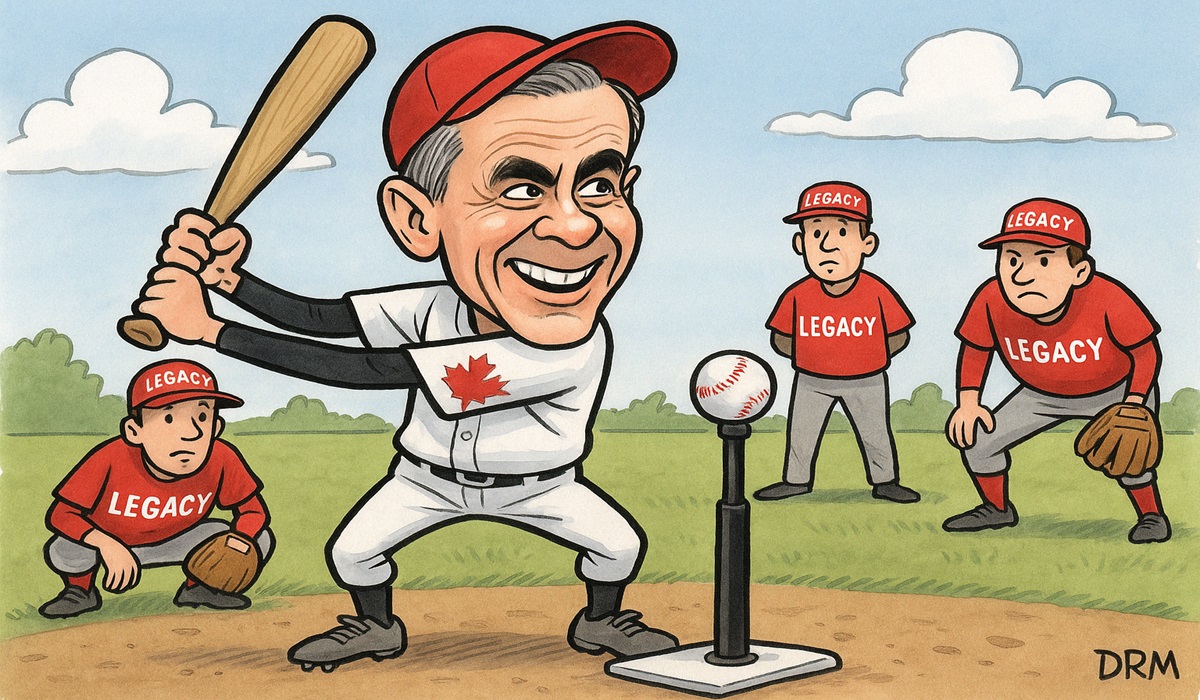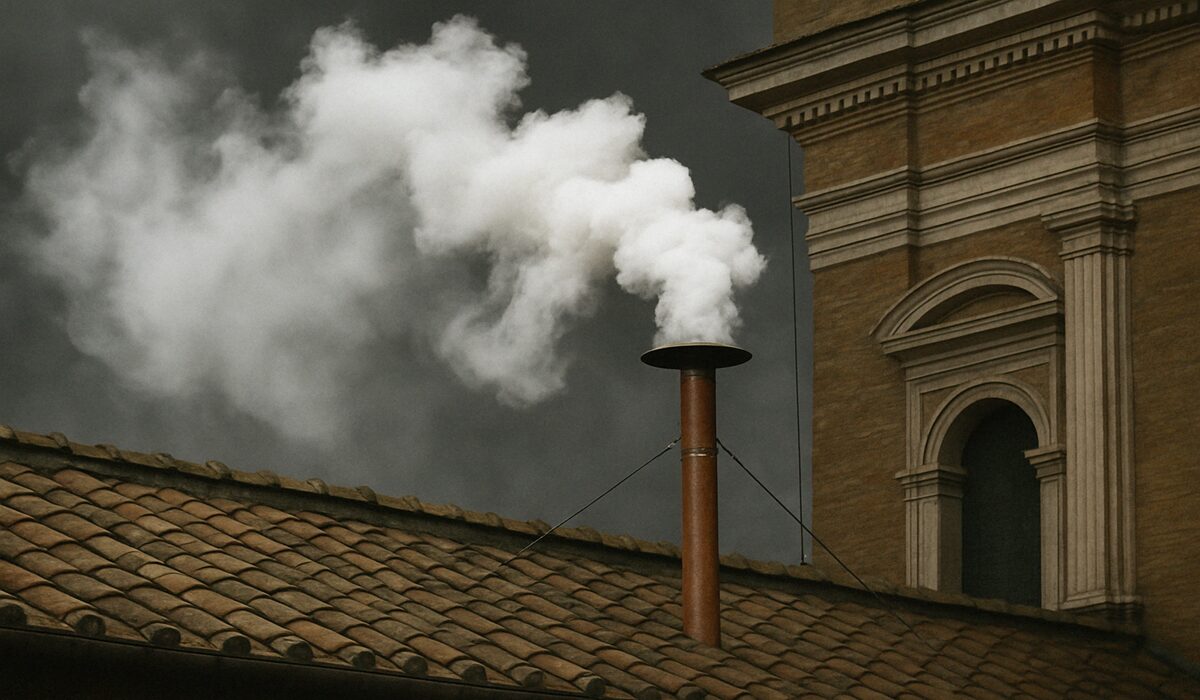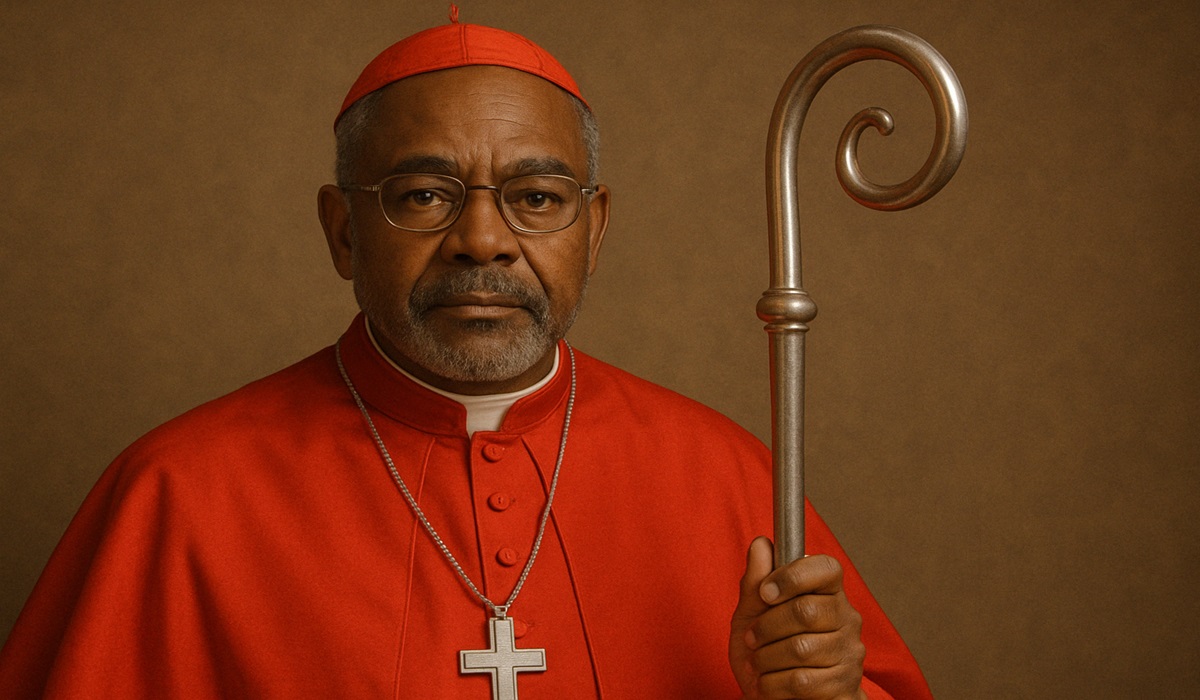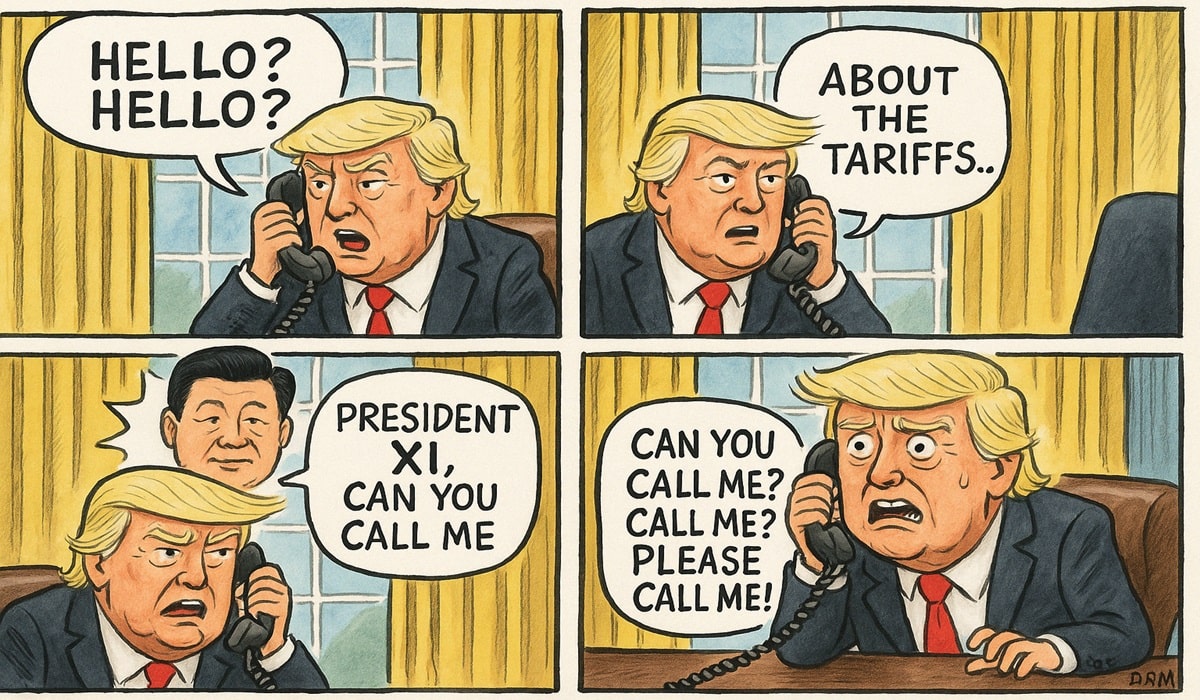Fukushima’s 11th Nuclear Wastewater Release: How Long Before the Last Drop Falls?
- TDS News
- East Asia
- D.O.C Supplements - Trending News
- Environment
- March 13, 2025
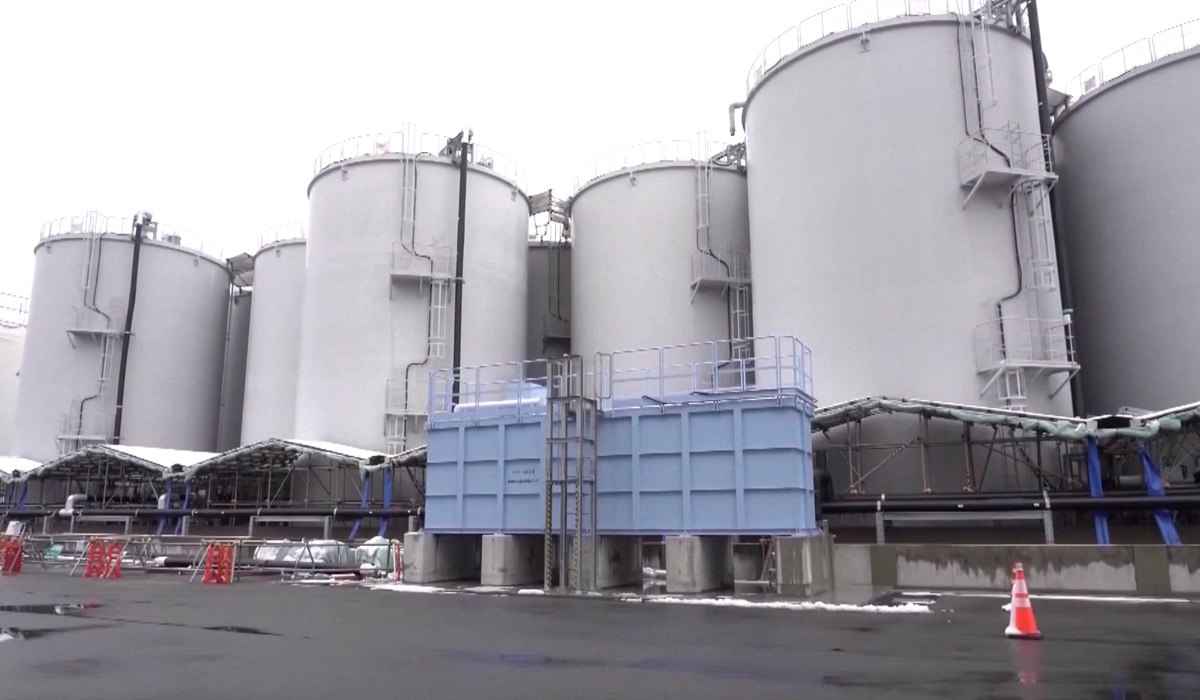
The waves crashed against the hulls of the fishing boats docked at Soma Port, their once-pristine decks now marked with the quiet remnants of a dying industry. Takashi Ito sat on the edge of his boat, staring out into the vast Pacific, his hands calloused from decades of casting nets into these waters. For generations, his family had relied on the ocean to provide, but now, the sea had turned against them.
The news had arrived that morning—another round of radioactive wastewater had been released from the Fukushima Daiichi Nuclear Power Plant. The eleventh. TEPCO, the power company behind it all, assured the public that the water had been treated, filtered, deemed safe by international standards. But Takashi and his fellow fishermen had stopped believing those assurances long ago. It was not just a matter of science or safety—it was a matter of trust, a currency the government and TEPCO had long since squandered.
In the market, the stench of unsold fish hung thick in the air, the stalls quieter than they had ever been. Tourists once eager for fresh sashimi now turned their noses up, fearful of what lay beneath the surface. Even locals hesitated, whispering about the risks, the unseen contaminants that no amount of government-issued reports could erase.
At the town’s izakaya, the conversation turned bitter, as it often did these days. “They say this will take decades,” grumbled Hiroshi Sakamoto, an elder fisherman nursing his third cup of sake. “By the time they’re done, who will be left here to remember what this town used to be?”
Takashi remained silent. He had seen what radiation could do, how it seeps into the bones of a community long after the initial explosion, leaving behind sickness, decay, and a future dictated by forces far beyond their control. It was not just the water. It was the way this entire disaster had unfolded—how a single moment, a towering wave, had unraveled lives, and how, more than a decade later, the unraveling had not yet stopped.
They had protested. They had written letters, signed petitions, held rallies. Scientists, activists, even foreign governments had spoken out, pleading with Japan to find another way. But the response was always the same: the tanks were full, the water had to go somewhere.
In the morning, Takashi would set out to sea again, but he no longer knew if he was a fisherman or merely a relic, a man standing at the edge of a dying trade, watching the last drops of his world slip away into the current.

